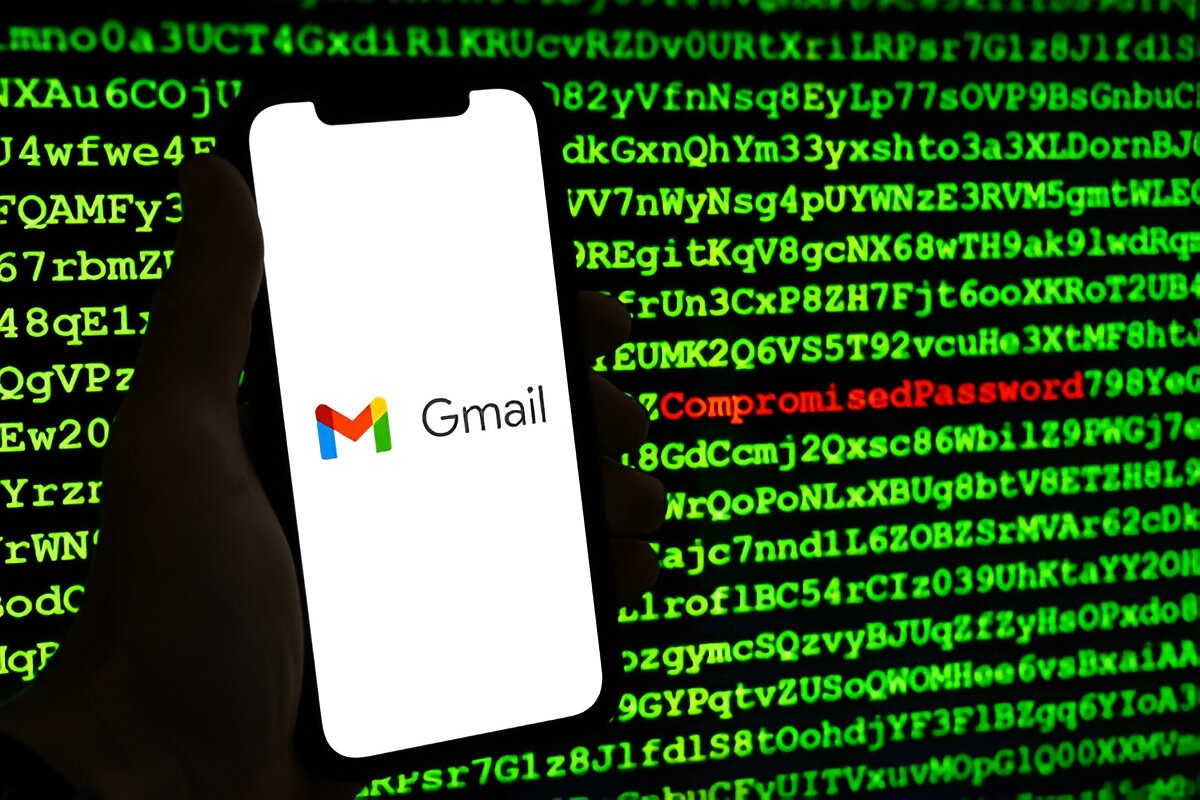Just imagine, one day you wake up to find your Gmail account hacked. It’s spent on spamming your contacts, leaking your sensitive emails, and exposing your digital life.
Sounds terrifying, right?
It’s 2025 and our cyber enemies are now more advanced than ever. Gmail, which has 1.8 billion users, is a key attack vector for hackers. But the good news? You can secure your account like Fort Knox — if you know what to do.
In this comprehensive guide, we will outline the latest and most effective Gmail security tips for 2025 in order to guide the average user to security prowess. So as a student, a remote worker, business owner, a lover of privacy, or for scare peace of mind — this article is your playbook.
Why Gmail Security Matters More Than Ever in 2025
Gmail is no longer just an email platform. It’s your:
-
Password recovery hub
-
Cloud storage access
-
Calendar, photos, and documents center
-
Login for thousands of apps
That means if your Gmail gets compromised, everything else is at risk—from social media accounts to banking info.
Here’s what we’re dealing with in 2025:
| Threat Type | Impact | Frequency in 2025 |
|---|---|---|
| Phishing Emails | Stolen credentials | High |
| SIM Swapping | Hijacked 2FA and account recovery | Rising |
| Password Leaks | Sold on dark web, brute-force attacks | Increasing via data breaches |
| Malware & Keyloggers | Steal login info without your knowledge | Still common |
| Fake App Integrations | Third-party apps stealing Gmail access | Growing in frequency |
That’s why using Gmail security tips for 2025 isn’t optional anymore—it’s essential.
Step-by-Step Guide to 100% Gmail Security in 2025
Let’s break down what you need to do—from basic steps to advanced tactics.
Step 1: Use a Strong, Unique Password (And Change It Often)
Why It Matters:
In 2025, password leaks are more common than ever due to frequent data breaches. A weak or reused password is like handing the keys to your front door.
Best Practices:
-
Use at least 12 characters, combining upper/lowercase, numbers, and symbols.
-
Avoid names, birthdays, or dictionary words.
-
Use a password manager like Bitwarden, 1Password, or Dashlane to store them securely.
-
Change your Gmail password every 6 months or after any suspicious activity.
Step 2: Enable 2-Step Verification (2SV)
Why It Matters:
Even if someone steals your password, they can’t log in without a second form of verification.
How to Set It Up:
-
Go to Google Account Settings.
-
Click “2-Step Verification”.
-
Choose your method: Google Prompt, Authenticator App, or Security Key.
Recommended Setup:
-
Use Google Authenticator or Authy (instead of SMS-based codes which can be hijacked).
-
For maximum protection, use a physical security key like YubiKey.
Step 3: Monitor Gmail Login Activity Regularly
Why It Matters:
Hackers often test access at odd hours—catching them early could save you.
To Check Activity:
-
Scroll to the bottom of your Gmail inbox.
-
Click “Details” under Last account activity.
-
Review IP addresses, locations, and devices.
If anything looks suspicious, change your password immediately.
Step 4: Review App Access and Permissions
Why It Matters:
Many data leaks happen through third-party apps with excessive Gmail access.
How to Check:
-
Visit Google Security Checkup.
-
Remove apps or devices you don’t recognize or no longer use.
Red Flags:
-
Apps with “Full Gmail Access” that you don’t remember authorizing
-
Devices or platforms that are unfamiliar
-
Extensions installed in your browser from unknown developers
Step 5: Use Confidential Mode for Sensitive Emails
Why It Matters:
Sending banking info, ID photos, or personal details? Gmail’s Confidential Mode helps ensure your message doesn’t stick around forever.
What It Does:
-
Emails expire after a set time
-
No forwarding, copying, printing, or downloading
-
Optional SMS passcode for opening
How to Use:
-
When composing an email, click the lock & clock icon (Confidential Mode).
-
Set expiration time and passcode options.
Step 6: Turn on “Enhanced Safe Browsing”
Why It Matters:
It warns you in real-time about dangerous websites, downloads, or Gmail attachments.
How to Enable:
-
Go to Google Account Settings.
-
Under “Security,” find “Enhanced Safe Browsing.”
-
Toggle it ON.
Bonus:
It also blocks phishing attempts, malware downloads, and fake Gmail login pages.
Step 7: Enable Security Alerts & Backups
Why It Matters:
If someone tries to access your account or make changes, you’ll know instantly.
Set It Up:
-
Enable “Security alerts” for:
-
New device logins
-
Password changes
-
Suspicious login attempts
-
Also:
Back up your important emails and contacts via Google Takeout or export to a secure cloud storage account.
Feature Comparison: Gmail Security Tools in 2025
| Feature | Purpose | How to Enable | Importance |
|---|---|---|---|
| 2-Step Verification | Stops logins with password only | Google Account > Security | High |
| Enhanced Safe Browsing | Blocks phishing, fake sites | Chrome > Privacy > Safe Browsing | High |
| App Access Review | Remove risky 3rd-party access | myaccount.google.com/permissions | High |
| Confidential Mode | Protects sensitive emails | Gmail compose window | Medium |
| Login Activity Monitor | Checks if someone logged in | Gmail > Details (bottom of inbox) | High |
| Alerts & Notifications | Immediate threat awareness | Google Account > Security | High |
Extra Gmail Security Tips
-
Never click links in suspicious emails, even if it looks like Google support.
-
Don’t access Gmail over public Wi-Fi unless you use a VPN.
-
Avoid browser extensions that request Gmail access unless verified.
-
Log out of Gmail on shared or public devices—always.
-
Update recovery info regularly (phone number and backup email).
-
Enable dark web monitoring if offered by your Google One subscription.
FAQs on Gmail Security Tips 2025
Can someone hack my Gmail even with 2FA enabled?
Yes, if you’re using weak recovery methods (like SMS) or have malware on your device. That’s why authenticator apps or hardware keys are best.
What’s the safest way to store Gmail passwords?
Use a password manager with end-to-end encryption. Never write it down or store it in your browser without a master password.
How do I know if my Gmail has been hacked?
Look for:
-
Your password has been changed without your knowledge
-
Login alerts from unknown devices or IPs
-
Unread emails marked as read
-
Sent messages you didn’t send
Final Thoughts: Stay a Step Ahead with Gmail Security in 2025
The truth is—no system is 100% unhackable. But by applying the Gmail security tips for 2025 shared in this guide, you can make your account practically bulletproof.
To recap:
-
Use strong, unique passwords.
-
Turn on 2-Step Verification (preferably with a security key).
-
Regularly audit app permissions and login activity.
-
Be smart with how and where you access Gmail.
Cyber threats will continue to evolve—but so can you.

